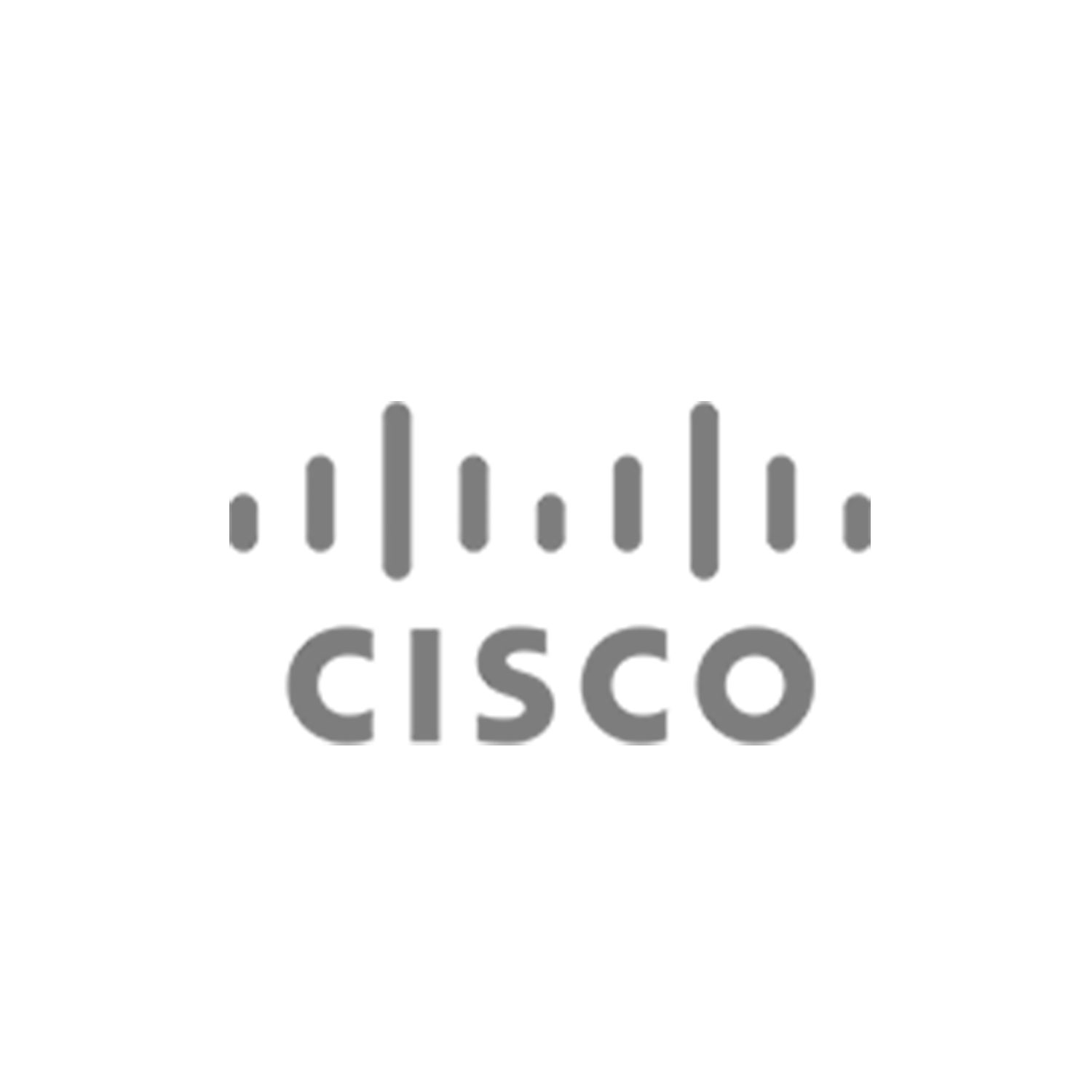Description
This course is delivered on v3.0, however, the labs have been updated to run on ISE v3.1 to ensure students get experience with the latest version of the product!
Course Content
- Section 1: Introducing Cisco ISE Architecture and Deployment
- Section 2: Cisco ISE Policy Enforcement
- Section 3: Web Auth and Guest Services
- Section 4: Cisco ISE Profiler
- Section 5: Cisco ISE BYOD
- Section 6: Cisco ISE Endpoint Compliance Services
- Section 7: Working with Network Access Devices
Who should attend
- Network security engineers
- ISE administrators
- Wireless network security engineers
- Cisco integrators and partners
Certifications
This course is part of the following Certifications:
Cisco Certified Network Professional Security
Prerequisites
It is recommended, but not required, to have the following skills and knowledge before attending this course:
- Familiarity with the Cisco IOS® Software command-line interface (CLI)
- Familiarity with Cisco AnyConnect® Secure Mobility Client
- Familiarity with Microsoft Windows operating systems
- Familiarity with 802.1X
Course Objectives
Upon completion of this course, you will be able to:
- Describe Cisco ISE deployments, including core deployment components and how they interact to create a cohesive security architecture. Describe the advantages of such a deployment and how each Cisco ISE capability contributes to these advantages.
- Describe concepts and configure components related to 802.1X and MAC Authentication Bypass (MAB) authentication, identity management, and certificate services.
- Describe how Cisco ISE policy sets are used to implement authentication and authorization, and how to leverage this capability to meet the needs of your organization.
- Describe third-party network access devices (NADs), Cisco TrustSec®, and Easy Connect.
- Describe and configure web authentication, processes, operation, and guest services, including guest access components and various guest access scenarios.
- Describe and configure Cisco ISE profiling services, and understand how to monitor these services to enhance your situational awareness about network-connected endpoints. Describe best practices for deploying this profiler service in your specific environment.
- Describe BYOD challenges, solutions, processes, and portals. Configure a BYOD solution, and describe the relationship between BYOD processes and their related configuration components. Describe and configure various certificates related to a BYOD solution.
- Describe the value of the My Devices portal and how to configure this portal.
- Describe endpoint compliance, compliance components, posture agents, posture deployment and licensing, and the posture service in Cisco ISE.
- Describe and configure TACACS+ device administration using Cisco ISE, including command sets, profiles, and policy sets. Understand the role of TACACS+ within the authentication, authentication, and accounting (AAA) framework and the differences between the RADIUS and TACACS+ protocols.
- Migrate TACACS+ functionality from Cisco Secure Access Control System (ACS) to Cisco ISE, using a migration tool.
Outline: Implementing and Configuring Cisco Identity Services Engine (SISE)
- Section 1: Introducing Cisco ISE Architecture and Deployment
- Using Cisco ISE as a Network Access Policy Engine
- Cisco ISE Use Cases
- Describing Cisco ISE Functions
- Cisco ISE Deployment Models
- Context Visibility
- Section 2: Cisco ISE Policy Enforcement
- Using 802.1X for Wired and Wireless Access
- Using MAC Authentication Bypass for Wired and Wireless Access
- Introducing Identity Management
- Configuring Certificate Services
- Introducing Cisco ISE Policy
- Implementing Third-Party Network Access Device Support
- Introducing Cisco TrustSec
- TrustSec Configuration
- Easy Connect
- Section 3: Web Auth and Guest Services
- Introducing Web Access with Cisco ISE
- Introducing Guest Access Components
- Configuring Guest Access Settings
- Configure Sponsor and Guest Portals
- Section 4: Cisco ISE Profiler
- Introducing Cisco ISE Profiler
- Profiling Deployment and Best Practices
- Section 5: Cisco ISE BYOD
- Introducing the Cisco ISE BYOD Process
- Describing BYOD Flow
- Configuring the My Devices Portal
- Configuring Certificates in BYOD Scenarios
- Section 6: Cisco ISE Endpoint Compliance Services
- Introducing Endpoint Compliance Services
- Configuring Client Posture Services and Provisioning
- Section 7: Working with Network Access Devices
- Review AAA
- Cisco ISE TACACS+ Device Administration
- Configure TACACS+ Device Administration
- TACACS+ Device Administration Guidelines and Best Practices
- Migrating from Cisco ACS to Cisco ISE
Lab Outline:
- Discovery 1: Access the SISE Lab and Install ISE 3.1
- Discovery 2: Configure Initial Cisco ISE Setup, GUI Familiarization, and System Certificate Usage
- Discovery 3: Integrate Cisco ISE with Active Directory
- Discovery 4: Configure Cisco ISE Policy
- Discovery 5: Configure Access Policy for Easy Connect
- Discovery 6: Configure Guest Access
- Discovery 7: Configure Guest Access Operations
- Discovery 8: Create Guest Reports
- Discovery 9: Configure Profiling
- Discovery 10: Customize the Cisco ISE Profiling Configuration
- Discovery 11: Create Cisco ISE Profiling Reports
- Discovery 12: Configure BYOD
- Discovery 13: Blacklisting a Device
- Discovery 14: Configure Cisco ISE Compliance Services
- Discovery 15: Configure Client Provisioning
- Discovery 16: Configure Posture Policies
- Discovery 17: Test and Monitor Compliance Based Access
- Discovery 18: Test Compliance Policy
- Discovery 19: Configure Cisco ISE for Basic Device Administration
- Discovery 20: Configure TACACS+ Command Authorization




